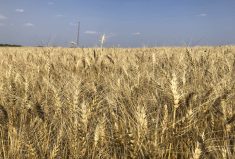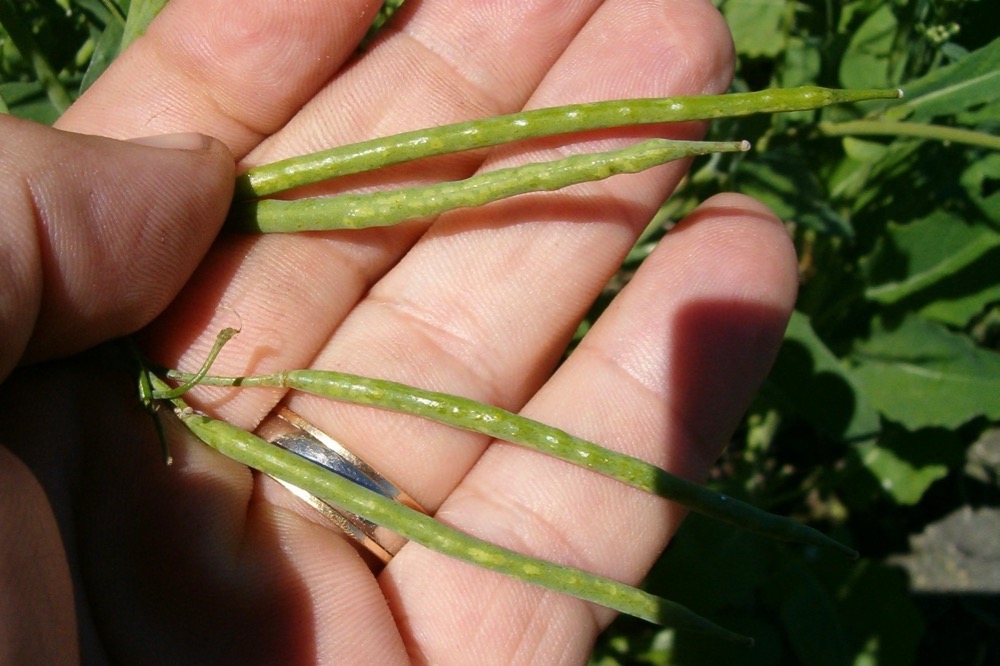CNS Canada — Recent large wheat midge populations in the eastern Peace region of Alberta are expected to collapse in 2015, according to a forecast report from the Alberta Insect Pest Monitoring Network.
But there is still a risk of higher populations in the region due to the very large levels of the insect population seen during the 2013 crop year, the report said
Wheat midge has not followed previous forecasts very well in the Peace region, the report added.
A general increase in risk of damage from wheat midge is seen in central Alberta for 2015, with the area east of Edmonton seeing the most concerns at this point.
Read Also

India slaps 30 per cent import duty on yellow peas
India has imposed a 30 per cent duty on yellow pea imports with a bill of lading date on or after Nov. 1, 2025.
Populations of the insect are expected to fall to very low numbers in much of southern Alberta, the report added.
Producers should note how much midge-related damage was done to this year’s wheat crop as an indicator of the risk of damage to the 2015-16 wheat crop, the report said.
The past several years have seen midge damage vary widely, especially in areas with higher counts.
The report emphasized it isn’t meant to take the place of individual field monitoring, and farmers may still have economic-threshold levels of midge this year in areas where smaller populations are expected.
Each producer also needs to assess his or her risk based on indicators specific to the individual farm.
A number of factors influence the overwintering survival of the wheat midge; the survey provides a general picture of existing densities and the potential for infestation in 2015.
Weather conditions — specifically temperature and moisture — will ultimately determine the extent and timing of midge emergence during the growing season.
Temperature and wind also play critical roles in egg-laying activities of the adult female wheat midge. The level of damage from wheat midge is determined by the synchrony of wheat midge emergence and wheat coupled with the number of wheat midge, the report added.











